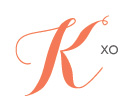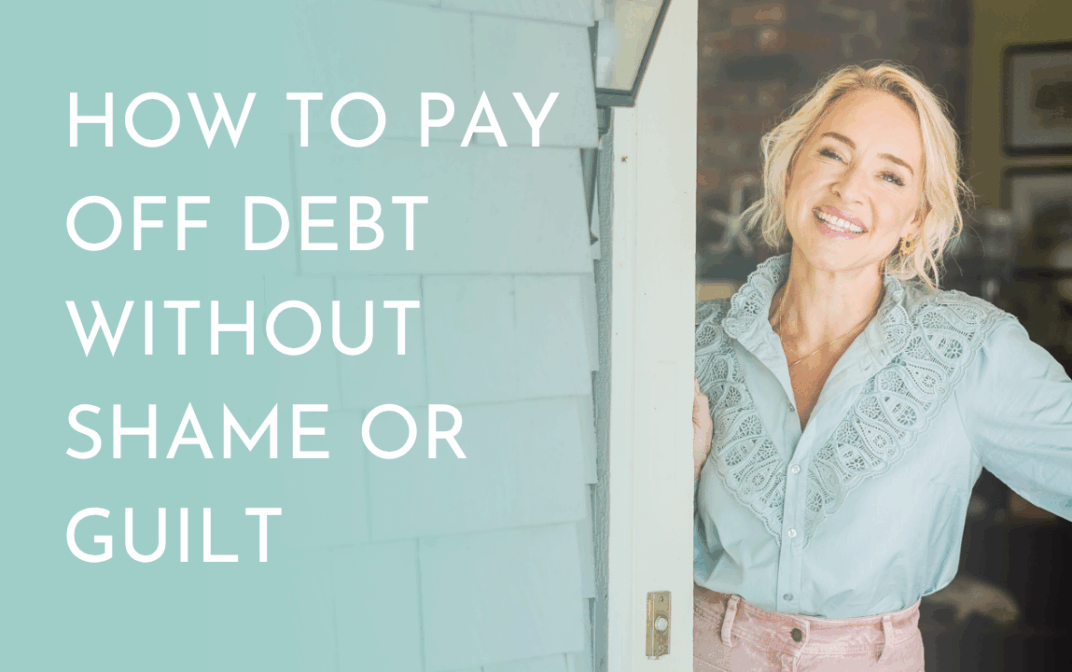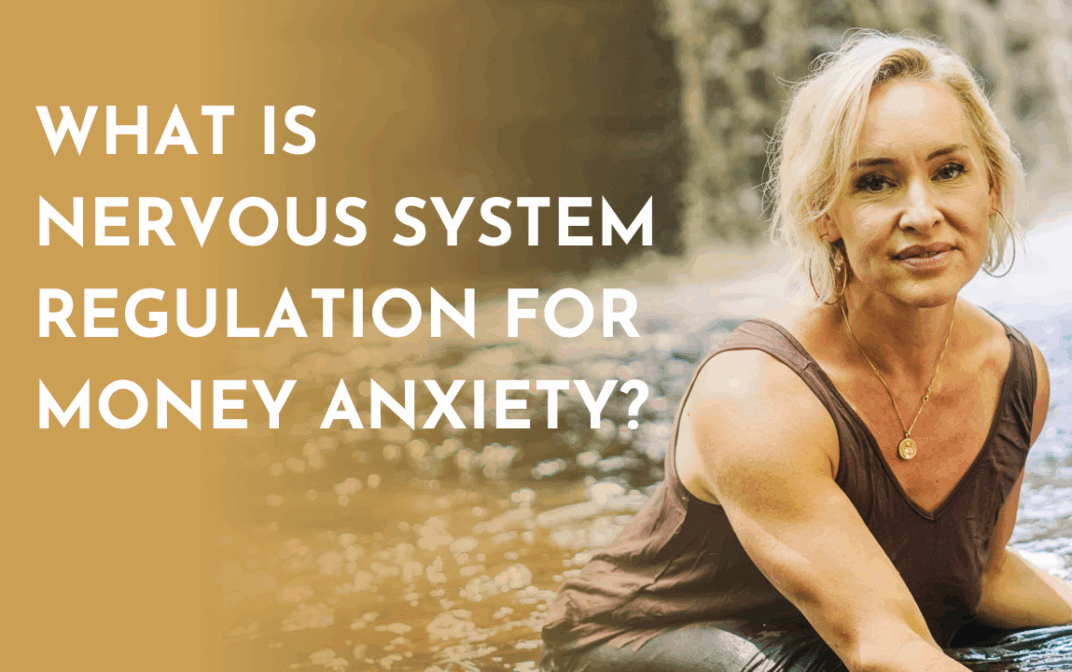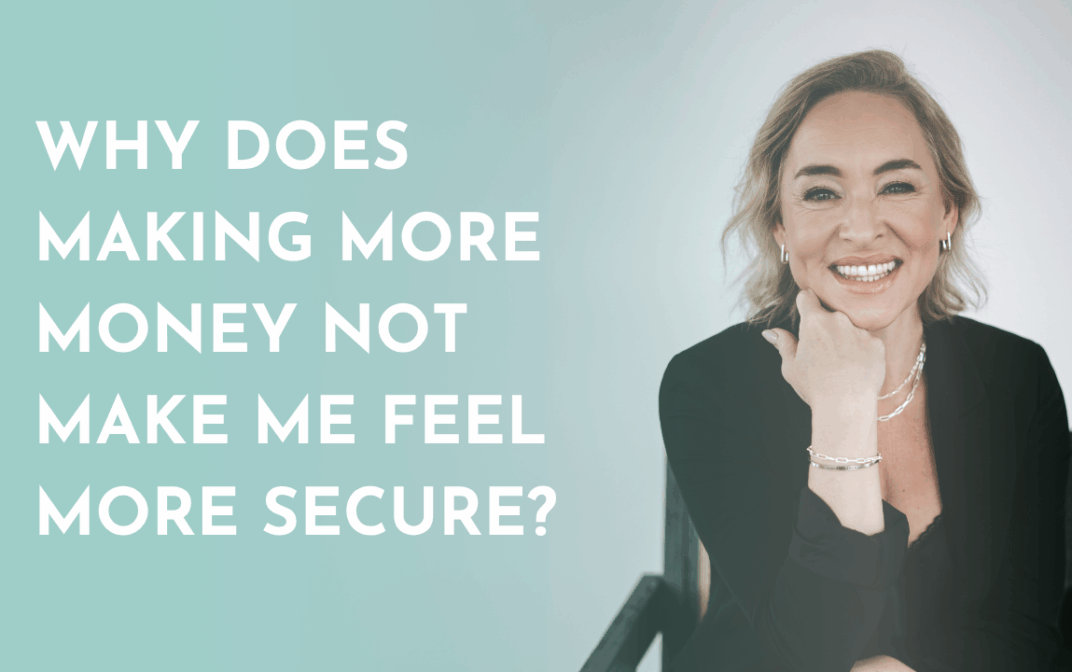It’s Sunday night. You’re scrolling your phone when the notification pops up:
“Your bank statement is ready.”
Your stomach tightens.
You swipe it away.
I’ll deal with it tomorrow.
But then tomorrow fills up. You’re too busy, too tired, too anything.
Next week? After this project? Maybe when things feel less chaotic?
Weeks pass. Bills still get paid (thank you, autopay), but you have no idea what’s actually happening with your money. You use your debit card and quietly hope it works. You decline dinner with friends because splitting the bill feels risky. You’re in a fog, but the fog feels safer than the truth.
Let me offer this gently and clearly:
You are not lazy. You are not irresponsible. You are not bad with money.
What you’re experiencing is financial avoidance. And it’s not a failure – it’s a brilliant, protective pattern your nervous system created to keep you safe.
Let’s gently shift it.
Why You Keep Avoiding (And Why It’s Not a Discipline Problem)
You’ve probably been told you just need to “face your finances” or “get serious.”
But here’s the truth that rarely gets said:
Avoiding your bank account isn’t a maturity issue. It’s a nervous system response.
If your body equates “looking at money” with emotional danger, it will do everything it can to keep you from opening that app.
Your system may respond in ways like:
- Flight: You find anything else to do besides check your account.
- Freeze: You shut down and feel stuck.
- Fight: You beat yourself up, or lash out at the idea of budgets or rules.
What looks like procrastination is actually protection.
What feels like irresponsibility is your body choosing safety over shame.
Avoidance isn’t a character flaw.
It’s a coping strategy that worked – until now.
The Spiral That Keeps You Stuck
Avoidance is sneaky. It convinces you that not knowing is better than knowing.
But here’s what really happens:
- You avoid checking your accounts.
- Shame builds in the background.
- That shame makes it even harder to look.
- The longer you wait, the scarier it feels.
- So you wait longer.
This spiral doesn’t mean something is wrong with you.
It means your body is trying to protect you from discomfort, even when that discomfort is based on a story – not reality.
Ironically, not looking at your money usually causes more harm than facing it ever could.
Late fees. Unused subscriptions. Missed opportunities. Diminished self-trust.
And yet, looking still feels terrifying.
Let’s change that, one breath at a time.
What Avoidance Actually Looks Like
Avoidance isn’t always dramatic. It often shows up in subtle ways, like:
- Leaving financial mail unopened
- Using autopay and never checking in
- Saying “I’m not good with money” and shutting the door
- Changing the subject when finances come up
- Feeling frozen when it’s time to make a spending decision
- Shopping to soothe anxiety, then feeling regret
- Distracting yourself with busyness instead of budgeting
- Hoping the next raise, refund, or miracle will make it all better
If you recognize yourself here, you’re not alone.
And you’re not doomed.
Why It Feels So Scary to Look
When I ask women what they fear most about checking their finances, they say things like:
- “I’m scared there won’t be enough.”
- “I don’t want to see what I spent.”
- “I feel like I should be doing better by now.”
But beneath those words is a deeper fear:
If I look and it’s bad, it means I’m bad.
That belief is the root of so much financial anxiety.
When your bank balance feels like a report card on your worth, looking at it becomes unbearable.
Here’s your truth:
Your money is not a reflection of your value.
It’s simply a reflection of numbers.
Information. Activity. Energy in motion.
And information can be faced, transformed, and worked with – when your nervous system is ready.
First Step: Make Your Body Feel Safe
Before you open your banking app, you need to bring your body into a state of calm. Not forced calm. Real, felt steadiness.
Try this:
The Shake
Stand with your feet shoulder-width apart.
Start by shaking one hand as hard as you can for 30 seconds.
Now shake the other hand as hard as you can for 30 seconds.
Now do both, gradually including your lower, then upper arms, shoulders, torso, hips, legs, feet, neck, and shoulders.
Shake as hard as you can for as long as you can. (Shooting for 3 minutes is great.)
When you stop, feel the aliveness in your body.
Bring your awareness to the sensation.
Allow your body to come back to stillness.
You’re practicing finding center and safety after the swirl. You’re metabolizing your stress. Your allowing your body to let go of the heaviness it no longer needs.
Let your body lead. When your nervous system is settled, clarity can arise.
Second Step: Start Tiny
If the idea of reviewing all your finances makes you freeze, don’t start there.
Start smaller.
Use the concept of titration – offering your system tiny amounts of exposure so it learns to feel safe.
Here’s a gentle roadmap:
- Day 1: Open your banking app. Then close it. Don’t look.
- Day 2: Open the app and glance at one account. No action. Just look.
- Day 3: Write down the balance without judgment.
- Day 4: Look at your three most recent transactions. Breathe into your lower, back ribs to signal safety to your body.
- Day 5: Journal what you noticed. No fixing. Just awareness.
Each time you look while engaging in a nervous system healing tool, you’re sending this message to your body:
We’re okay. We’re safe. We’re growing capacity.
Third Step: Be the Kindest Voice in the Room
Avoidance is fueled by shame.
What dissolves shame? Compassion.
When you look at your money, speak to yourself like you would to a dear friend.
Try saying:
- “This is where I am. And I’m allowed to be here.”
- “Looking is a win. I’m proud of this step.”
- “This doesn’t define me.”
- “I’m building trust, one look at a time.”
You do not need to fix everything in one sitting.
You just need to show up.
Fourth Step: Separate Story from Truth
Seeing a number can spark all kinds of thoughts.
Balance is lower than you hoped?
Your brain might jump to “I’m failing.”
Balance is higher than expected?
You might think, “This won’t last.”
Start naming the difference:
- Fact: My account has $723.
- Feeling: I feel anxious and a little tight in my chest.
- Story: I never have enough. I always mess this up.
- Reality: I have $723. That’s what’s true right now.
The more you do this, the more you reclaim agency from your old money narrative.
Your First Real Money Date
Once you’ve practiced and feel ready, create your first full money date.
Here’s how:
1. Create a safe environment. Light a candle. Make tea. Choose a cozy spot.
2. Ground yourself with breath and compassion.
3. Open your banking app. Write down balances. No judgment. Just awareness.
4. Review 30 days of transactions. What do you notice? Where was joy? Where was stress?
5. Take one kind action. Maybe cancel a subscription. Maybe send $10 to savings.
6. Celebrate. Seriously. Celebrate like you just crossed a finish line – because you did.
This is how you build a new money relationship.
One rooted in care, not control.
What If You Find Something “Bad”?
Sometimes the fear is:
What if I look and it’s worse than I thought?
If that happens, come back to this:
- Breathe. Regulate before reacting.
- Name what’s true, not what you fear.
- Identify one small next step.
- Get support if needed. This isn’t something you need to carry alone.
- Remind yourself: You’ve navigated hard things before. This is no different.
You are not behind. You are right on time.
Ready to Create a New Pattern?
Avoidance doesn’t have to be your story forever.
You can learn to look with neutrality. Even with pleasure.
You can build self-trust, resilience, and clarity.
You can become the kind of woman who feels steady with money – even if the numbers fluctuate.
Your next step is simple:
For the next 7 days, check your bank balance once a day.
That’s it.
No fixing. No problem-solving. Just looking.
You’re building a bridge from fear to familiarity.
And at the end of those 7 days?
You’ll feel different. Not because your money changed – but because your relationship with it did.
Ready to Look at Your Money Without Fear?
If you’re done with the shame-avoidance spiral and ready to face your finances with calm instead of dread, I’ve created a free resource for you.
The Money Reset is a free audio journey that helps you understand why you’re avoiding—and what to do about it.
Inside this audio experience, you’ll discover:
- Why you’re operating in fight, flight, freeze or fawn mode with money
- How to stop the cycle of money stress driving your decisions
- The exact steps to start building wealth that doesn’t feel forced
This will help you identify where the avoidance is coming from and give you the tools to finally look at your money with curiosity instead of terror.
Because the numbers in your account don’t define you. But the courage to look at them? That changes everything.
Kate Northrup is the bestselling author of Money: A Love Story and Do Less. She’s helped over 60,000 people transform their relationship with money through her programs, speaking, and podcast. Her work has been featured on The Today Show, Harvard Business Review, Oprah Daily and more.






0 comments